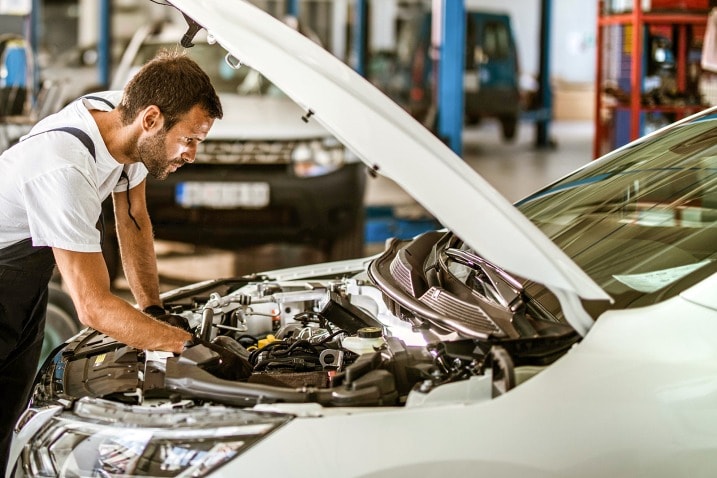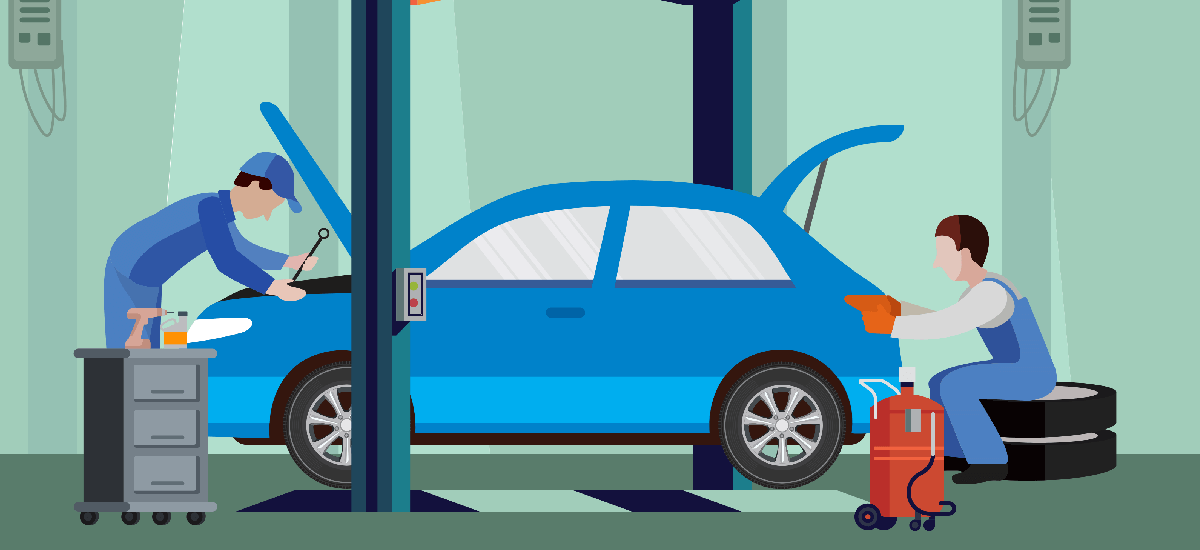All Categories
Featured

When it concerns automobile repairs or upgrades, among one of the most vital choices you'll deal with is whether to pick Original Devices Maker (OEM) components or aftermarket parts. Both choices offer distinctive benefits and disadvantages, so recognizing the differences in between them is important for making an educated decision. In this write-up, we'll explore the benefits and constraints of OEM and aftermarket components to help you choose which is ideal suited for your vehicle.
What Are OEM Parts? OEM parts are generated by the exact same supplier that made the initial components in your automobile. These components are developed to meet the specific requirements of your car, guaranteeing they are a precise fit and use the very same efficiency as the parts that featured the automobile when it was very first built. OEM parts are usually thought about the "factory criterion" since they come directly from the cars and truck's supplier or an accredited supplier.

One of the primary benefits of utilizing OEM components is their guaranteed quality. Considering that these parts are made to the very same criteria as the originals, they usually give an ideal fit and reputable performance. Furthermore, many OEM parts include a warranty, giving you peace of mind that you'll be protected in case of issues.
What Are Aftermarket Components? Aftermarket components are made by third-party makers that are not affiliated with your automobile's initial manufacturer. These components are developed to fit a variety of cars and are normally less pricey than OEM components. Aftermarket components can be utilized for regular repair services or upgrades, and they typically provide a broader variety of choices contrasted to OEM components.

Additionally, aftermarket parts might provide much better efficiency or added features not available in OEM options. Aftermarket exhaust systems, brake pads, and suspension parts commonly use improvements in efficiency or appearances that may not be discovered in OEM parts.
Benefits of OEM Components. Precision and Compatibility: OEM components are designed specifically for your car's make and design, ensuring they fit perfectly and carry out to the precise requirements called for. Warranty Protection: Many OEM parts feature guarantees, supplying coverage in instance of issues or premature failure. Quality Guarantee: Because OEM components are made by the original producer, they go through the exact same strenuous top quality control criteria as the parts set up in your lorry when it was first constructed. Resale Worth: If you intend to sell your car, having OEM components can assist keep its resale worth, as prospective purchasers might be a lot more curious about an automobile that has been fixed with initial parts. Advantages of Aftermarket Components. Price Cost savings: Aftermarket parts are generally much less pricey than OEM parts, which can be a considerable benefit if you're on a budget plan or intend to conserve money on repair work. Selection and Customization: Aftermarket parts offer a larger range of options, including efficiency upgrades and aesthetic enhancements. If you want to enhance horsepower or enhance your car's appearance, aftermarket choices can use one-of-a-kind services. Accessibility: Aftermarket parts are usually simpler to find than OEM parts, specifically for older automobiles that may no more have easily offered OEM components. Performance Improvements: Some aftermarket components are developed with efficiency in mind, such as high-performance brakes, air filters, or exhaust systems. These parts can improve your vehicle's total performance and driving experience. Drawbacks of OEM Components. Higher Rate: One of the most considerable drawback to OEM components is their price. They are typically a lot more pricey than aftermarket choices, which can add up promptly if your cars and truck needs numerous repair work. Limited Modification: OEM components are developed to restore your automobile to its original specs, meaning they may not provide the same series of modification alternatives as aftermarket parts. Accessibility Issues: Depending on the age of your lorry, particular OEM components may be more challenging to find or ceased, making repairs harder. Drawbacks of Aftermarket Parts. Inconsistent High quality: While many aftermarket components are of premium quality, others may be improperly made or do not have the longevity of OEM parts. It is very important to look into the manufacturer and check out testimonials to ensure the top quality of the part you're considering. Fitment Issues: Aftermarket components are designed to fit a variety of automobiles, however they might not constantly offer the ideal fit that OEM components ensure. This can lead to installment concerns or suboptimal performance. No Guaranteed Guarantee: While some aftermarket parts include guarantees, they might not be lasting or as comprehensive as those used by OEM parts. In many cases, using aftermarket parts could additionally influence your automobile's warranty coverage if it's still energetic. Exactly how to Determine In Between OEM and Aftermarket Components. The decision in between OEM and aftermarket components ultimately relies on your certain needs, preferences, and spending plan. Right here are a couple of factors to consider to aid guide your selection:
Budget plan: If conserving money is a priority, aftermarket parts are typically the a lot more affordable alternative. Be mindful that less expensive components might not last as long as OEM elements, which could result in greater prices down the roadway. Automobile Age and Problem: For newer lorries, specifically those under warranty, it's commonly a good concept to select OEM components to keep the auto's honesty and preserve its resale worth. For older vehicles, aftermarket parts may be more functional, specifically if the automobile is no much longer under service warranty or if you're trying to extend its life expectancy with affordable services. Fixing Kind: Specific vital repair work, particularly those associated to security (brakes, air bags, and so on), are best handled with OEM parts to guarantee the greatest level of safety and security and efficiency. For non-essential repair services or adjustments, aftermarket parts can provide an excellent balance of quality and price. Efficiency and Personalization: If you're looking for performance upgrades or unique modification options, aftermarket parts may be the most effective selection. Numerous aftermarket suppliers design parts especially for improving your auto's capabilities, whether it's for far better performance or visual appeals. Verdict. Both OEM and aftermarket components have their disadvantages and pros, and the most effective option depends upon your details requirements and priorities. OEM components are optimal for preserving the initial high quality and performance of your automobile, while aftermarket parts provide expense savings, modification options, and a wider variety of choices. Carefully review your car's condition, the sort of repair service required, and your spending plan to make the most effective choice for your auto and your pocketbook. No matter which option you choose, it's always smart to talk to a trusted technician who can provide support and make sure the repair service is done effectively.
Latest Posts
Explore Brake Repair & More: Full Auto Care Solutions from Montclare Auto Repair
Published en
1 min read
Why Consistent Auto Maintenance at Montclare Auto Repair Keeps Your Wallet Happy
Published en
1 min read
Unlock Your Financial Partner at WyHy – Top Benefits for Your Money Goals
Published en
1 min read
More
Latest Posts
Explore Brake Repair & More: Full Auto Care Solutions from Montclare Auto Repair
Published May 29, 25
1 min read
Why Consistent Auto Maintenance at Montclare Auto Repair Keeps Your Wallet Happy
Published May 28, 25
1 min read
Unlock Your Financial Partner at WyHy – Top Benefits for Your Money Goals
Published May 25, 25
1 min read